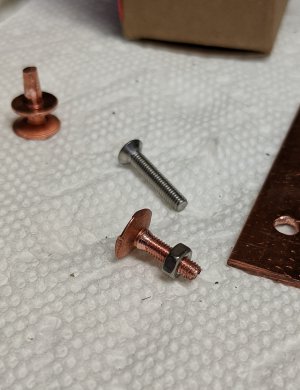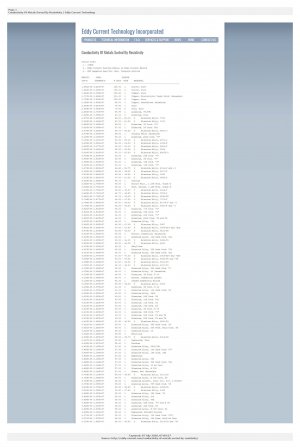- Joined
- Jul 31, 2020
- Messages
- 48
A slotted head screw can be made with common tooling that many of us have.
If required, slotted is OK.
A slotted head screw can be made with common tooling that many of us have.
If push comes to shove, you can get copper rivets in approximately the right sizeI need a small batch of copper 145 phillips flat head machine screws with nuts.
Material:
copper 145
Phillips flat head machine screw sizes:
4-40 x 1/2"
6-32 x 1/2"
I need a minimum of 10 each.
If push comes to shove, you can get copper rivets in approximately the right size
<https://www.mcmaster.com/rivets/material~copper/> (note, alloy 110, not 145)
and cold-work the Philips indentation then maybe with a little bit of honing, a
die can cut the threads (copper is kinda... grabby, you'd want to have a zero rake
edge, like for brass).

One more idea.......
Could you use copper plated "off the shelf" hardware?
But I don't know if it could be done directly or if it would require nickel then copper plate.....
-brino
Okay, we have some pictures now
is it secret?
If conductivity is the key what about some kind of conductive coating?



